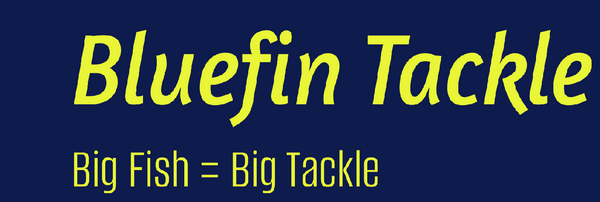
How to Tie a Cinch Knot (Improved Cinch Knot)
Share
How to Tie a Cinch Knot (Improved Cinch Knot)
The cinch knot, particularly the improved cinch knot, is a strong and reliable way to tie a fishing line to a hook, lure, or swivel. Follow these steps:
Steps to Tie the Improved Cinch Knot
1. Thread the Line:
- Pass the tag end of the fishing line through the eye of the hook or lure.
2. Make Wraps Around the Main Line:
- Wrap the tag end around the standing line 5 to 7 times.
3. Thread Through the Loop:
- Take the tag end and insert it through the small loop just above the hook eye.
4. Extra Tuck for Strength (Improved Version):
- For added security, pass the tag end back through the larger loop that was just created.
5. Tighten the Knot:
- Moisten the knot with water or saliva to reduce friction.
- Pull the standing line while holding the tag end to tighten.
6. Trim the Excess:
- Cut off any excess tag end, leaving a small tail to prevent slippage.
Your improved cinch knot is now secure and ready for fishing!
Why Use the Cinch Knot?
The cinch knot, particularly the improved cinch knot, is a popular and reliable knot for tying fishing line to a hook, lure, or swivel. Here are its key benefits:
1. Strong and Secure – The cinch knot provides a firm grip on the hook or lure, reducing the risk of slippage when reeling in a fish.
2. Easy to Tie – It has a simple structure, making it easy to learn and quick to tie, even in challenging conditions like cold weather or low light.
3. Versatile – It works well with monofilament and fluorocarbon fishing lines, making it a go-to knot for many anglers.
4. Low Profile – The compact design allows it to pass smoothly through rod guides without getting caught.
5. Reliable for Most Fishing Situations – The improved cinch knot, which includes an extra tuck through the final loop, enhances strength and security, making it ideal for general fishing applications.
While the cinch knot is widely used, it may not be the best option for braided lines, where a Palomar knot or uni knot might provide better hold.
